Console Tables
Console tables are a type of narrow, upright table that is typically placed against a wall.
They originated in 17th century Europe, often used to display decorative objects or as a surface for lighting.
Some key features of console tables:
- Narrow width, usually 12-20 inches, to fit flush against a wall
- Tall, slender profile, around 30-36 inches high
- Often have a marble, stone, or wood top surface
- Commonly supported by decorative legs or a pedestal base
- Can be purely functional or highly ornate in design
- Versatile placement options - in entryways, hallways, behind sofas, etc.
Console tables serve both practical and decorative purposes in a space. They provide a surface for displaying decor, lamps, vases, and other accents. The narrow profile also makes them useful for tight spaces where a larger table wouldn't fit.
Classic console table styles include Baroque, Rococo, Neoclassical, and mid-century modern designs. Materials can range from wood, metal, glass, and stone. Overall, console tables are a flexible and attractive piece of furniture that can complement a variety of interior design styles.
Let me know if you need any other details about console tables and their role in furniture design and use.

Console tables can be used in a variety of ways to enhance the decor and style of a room:
1. Entryway Focal Point: Placing a console table in an entryway or foyer creates an immediate focal point and makes a style statement as soon as you enter the space. You can style the console with a mirror, vase of flowers, decorative objects, and lighting to create a welcoming vignette.
2. Sofa Table: Positioning a console table behind a sofa adds visual interest and functionality. You can place lamps, books, and accents on the table to create depth and dimension in the living room.
3. Hallway Decor: Running a narrow console down a hallway helps fill the space and make the area feel more intentional. Hang artwork or mirrors above the table and style the surface with candles, plants, or sculptures.
4. Buffet or Sideboard: In the dining room, a console can substitute as a buffet or sideboard, providing storage and display space for serveware, linens, and decorative pieces.
5. Styling Opportunities: The surface of a console table allows for endless styling opportunities. You can arrange books, trays, vases, lamps, and other decorative accessories to create a curated, visually interesting look.
6. Contrast and Complement: The shape and size of a console table can be used to contrast or complement other furniture in the room. For example, pairing an ornate console with a minimalist sofa creates visual interest.
By strategically placing and styling a console table, you can elevate the overall aesthetic and functionality of any room in your home. It's a versatile piece that can enhance the decor in entryways, living rooms, dining rooms, and beyond.
Console tables are considered furniture products, not home appliances.
The key differences between console tables and home appliances:
Furniture vs. Appliance:
- Console tables are classified as furniture - they are freestanding, stationary pieces used to furnish and decorate a room.
- Home appliances are electrically-powered devices that perform specific functions to assist with household tasks, like cooking, cleaning, cooling, etc.
Purpose:
- Console tables are primarily decorative and provide surfaces for display and storage.
- Home appliances have a functional, utilitarian purpose to support household operations.
Mobility:
- Console tables are stationary, large pieces of furniture that are meant to remain in one location.
- Home appliances are often portable or semi-portable, designed to be moved around the home as needed.
Power Source:
- Console tables do not require any electrical power to function.
- Home appliances are electric or gas-powered to operate their features and mechanisms.
So in summary, console tables fall squarely into the furniture category, while home appliances are a distinct product type designed for practical, functional household use. Console tables are purely decorative furnishings that enhance the style and aesthetic of an interior space.

There are a number of different design trends and styles that can be seen in modern console tables.
Here are some of the key styles and trends:
1. Mid-Century Modern: Clean lines, tapered legs, and a minimalist aesthetic characterize mid-century modern console tables. Materials like wood, metal, and glass are common.
2. Industrial: Console tables with a more rugged, warehouse-inspired look utilize raw materials like steel, iron, and distressed wood. Exposed hardware and pipes are common details.
3. Farmhouse/Rustic: Weathered wood, whitewashed finishes, and vintage-inspired details create a cozy, country-chic aesthetic for farmhouse-style console tables.
4. Marble Top: Console tables with a sleek marble or stone top surface have been a popular trend in recent years, offering a high-end, luxurious look.
5. Mirrored: Console tables with mirrored surfaces and frames create a glamorous, reflective effect and can visually expand the space.
6. Console with Drawers: Adding one or more drawers to a console table provides extra hidden storage space, blending form and function.
7. Narrow/Slim: Slender, space-saving console tables work well in tight entryways and hallways where a larger piece wouldn't fit.
8. Console Bench: A hybrid design that combines a console table with a bench seat, offering both display space and extra seating.
9. Wall-Mounted: Console tables that mount flush to the wall can save floor space while still providing a surface for decor.
Trends come and go, but these are some of the popular styles and design elements seen in modern console tables across various interior design aesthetics.
- Tall, slender profile, around 30-36 inches high
- Often have a marble, stone, or wood top surface
- Commonly supported by decorative legs or a pedestal base
- Can be purely functional or highly ornate in design
- Versatile placement options - in entryways, hallways, behind sofas, etc.

- Console tables are classified as furniture - they are freestanding, stationary pieces used to furnish and decorate a room.
- Home appliances are electrically-powered devices that perform specific functions to assist with household tasks, like cooking, cleaning, cooling, etc.
- Console tables are primarily decorative and provide surfaces for display and storage.
- Home appliances have a functional, utilitarian purpose to support household operations.
- Console tables are stationary, large pieces of furniture that are meant to remain in one location.
- Home appliances are often portable or semi-portable, designed to be moved around the home as needed.
- Console tables do not require any electrical power to function.
- Home appliances are electric or gas-powered to operate their features and mechanisms.

FAQs
What is the primary purpose of a console table?
The primary purpose of a console table is to provide a decorative surface for displaying accents, lighting, and other home decor.
Where are console tables typically placed in a home?
Console tables are commonly placed in entryways, hallways, behind sofas, or in other narrow spaces against a wall.
What are some common materials used to make console tables?
Common console table materials include wood, metal, marble, glass, and stone.
How can console tables be used to enhance a room's design?
Console tables can be used to anchor a focal point, add visual interest, provide extra surface space, and complement the overall style of a room.
 +7929688-88-14
+7929688-88-14

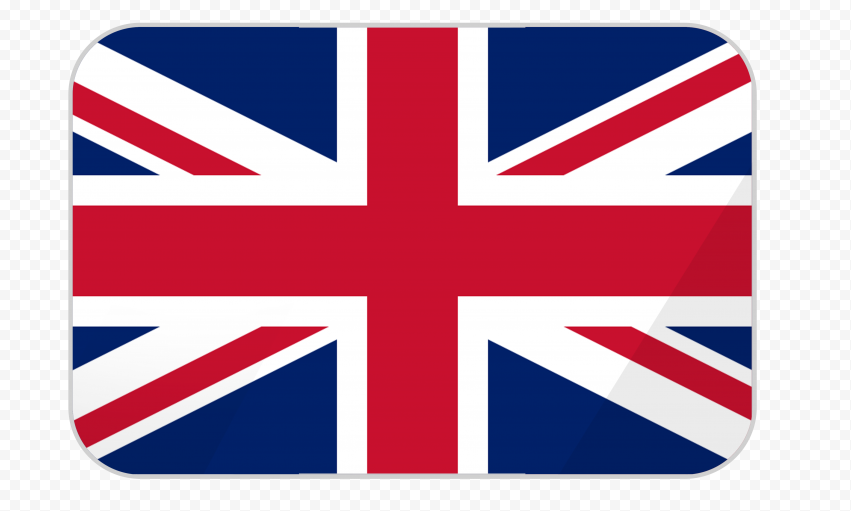 English
English
 Persian
Persian
 Russian
Russian
 Chinese
Chinese


 +7929688-88-14
+7929688-88-14

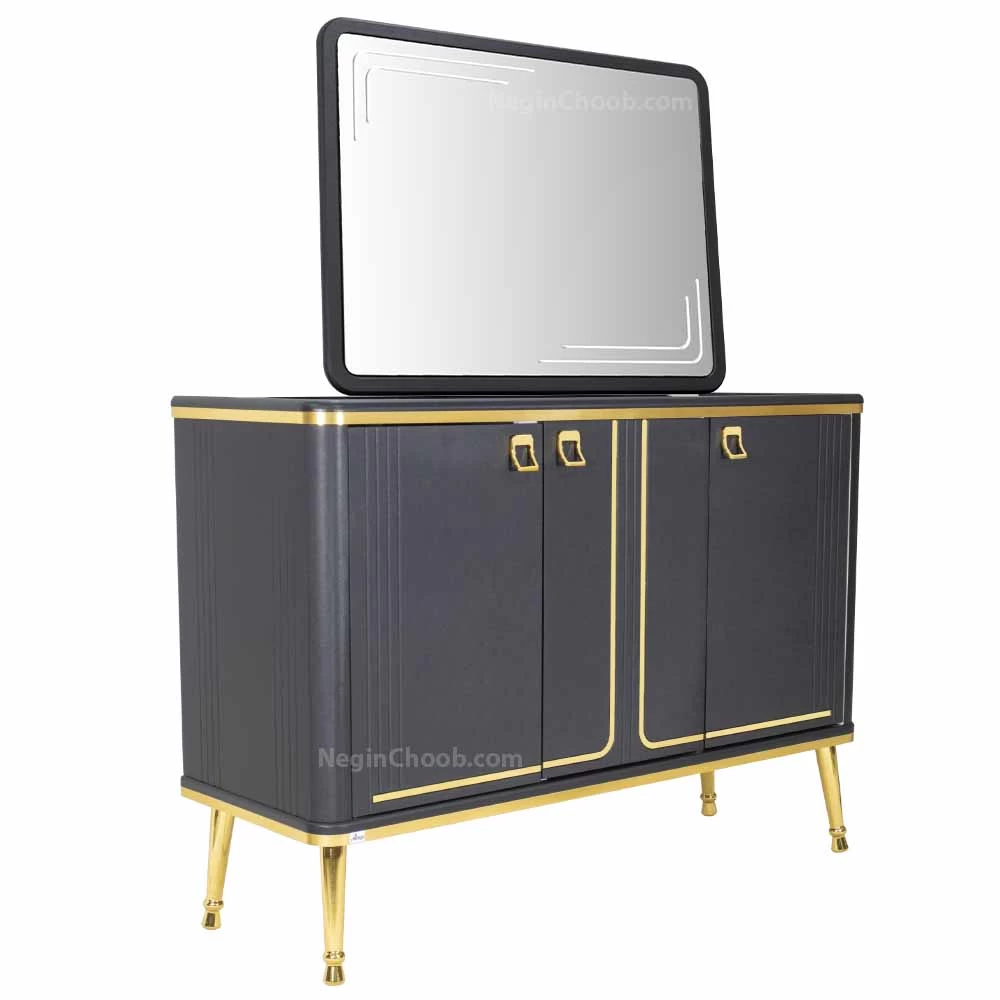
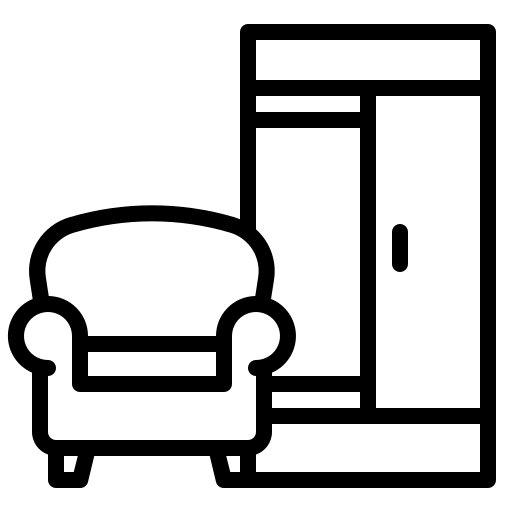
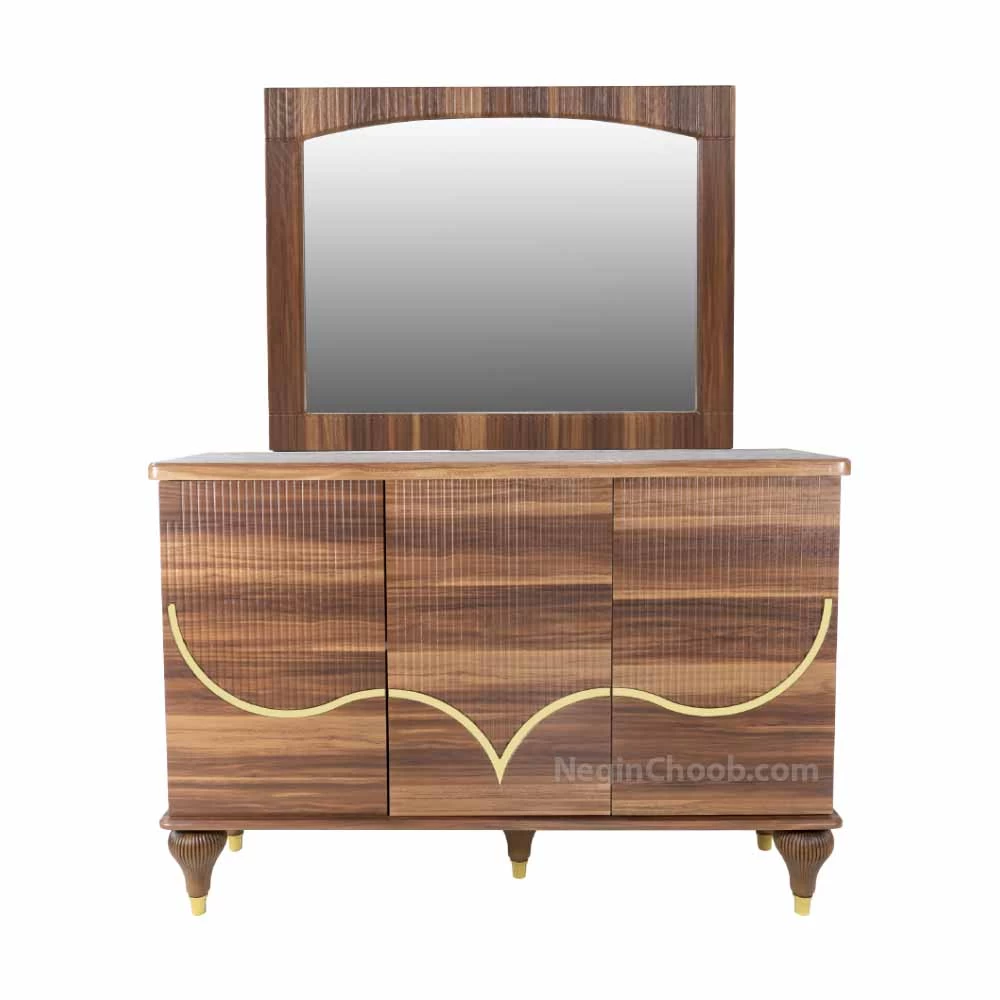
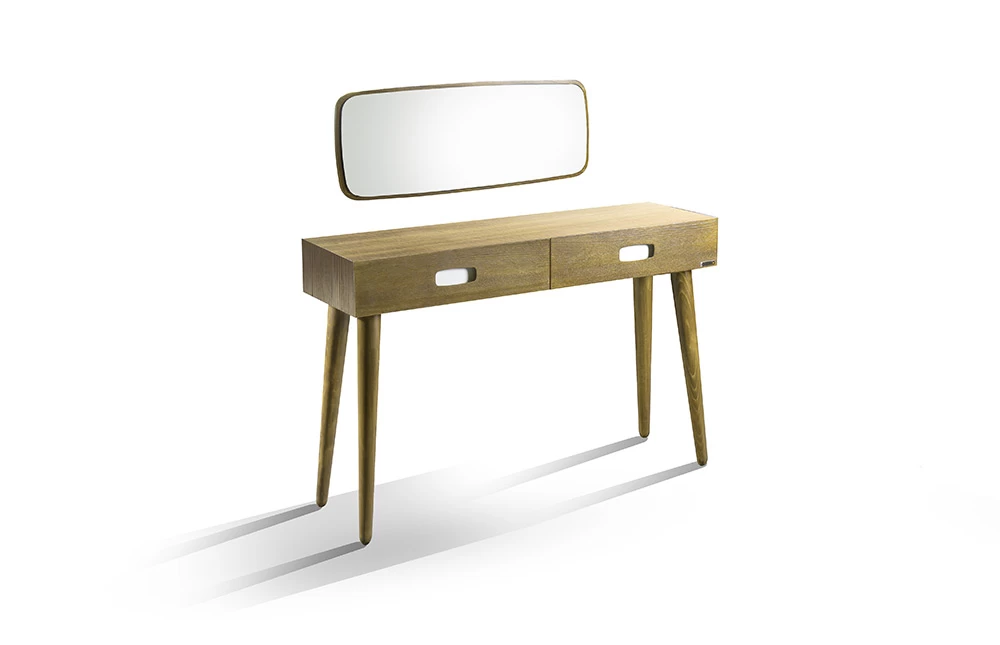
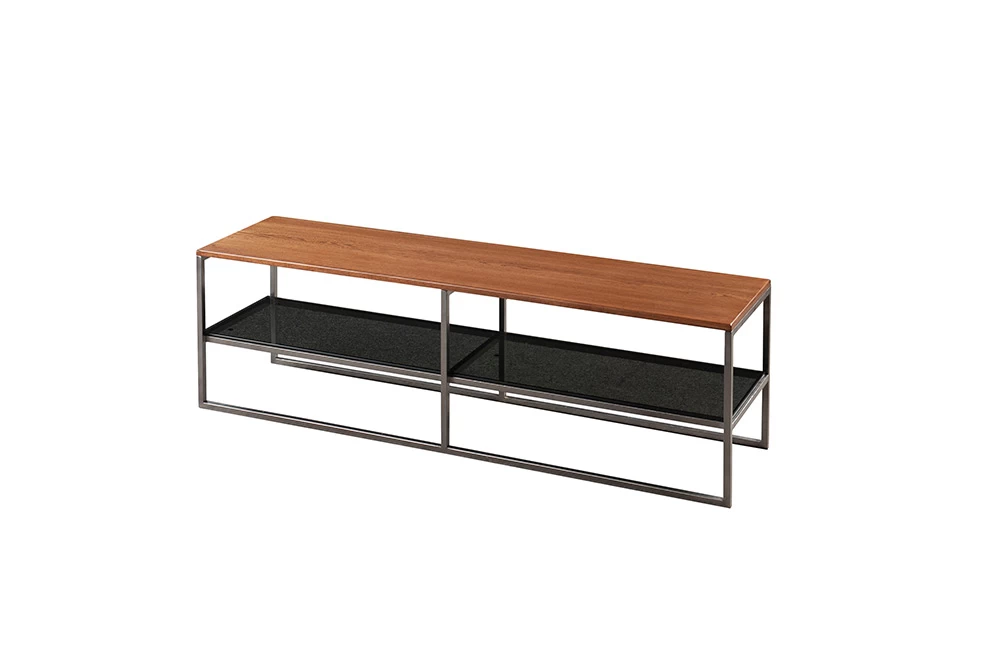
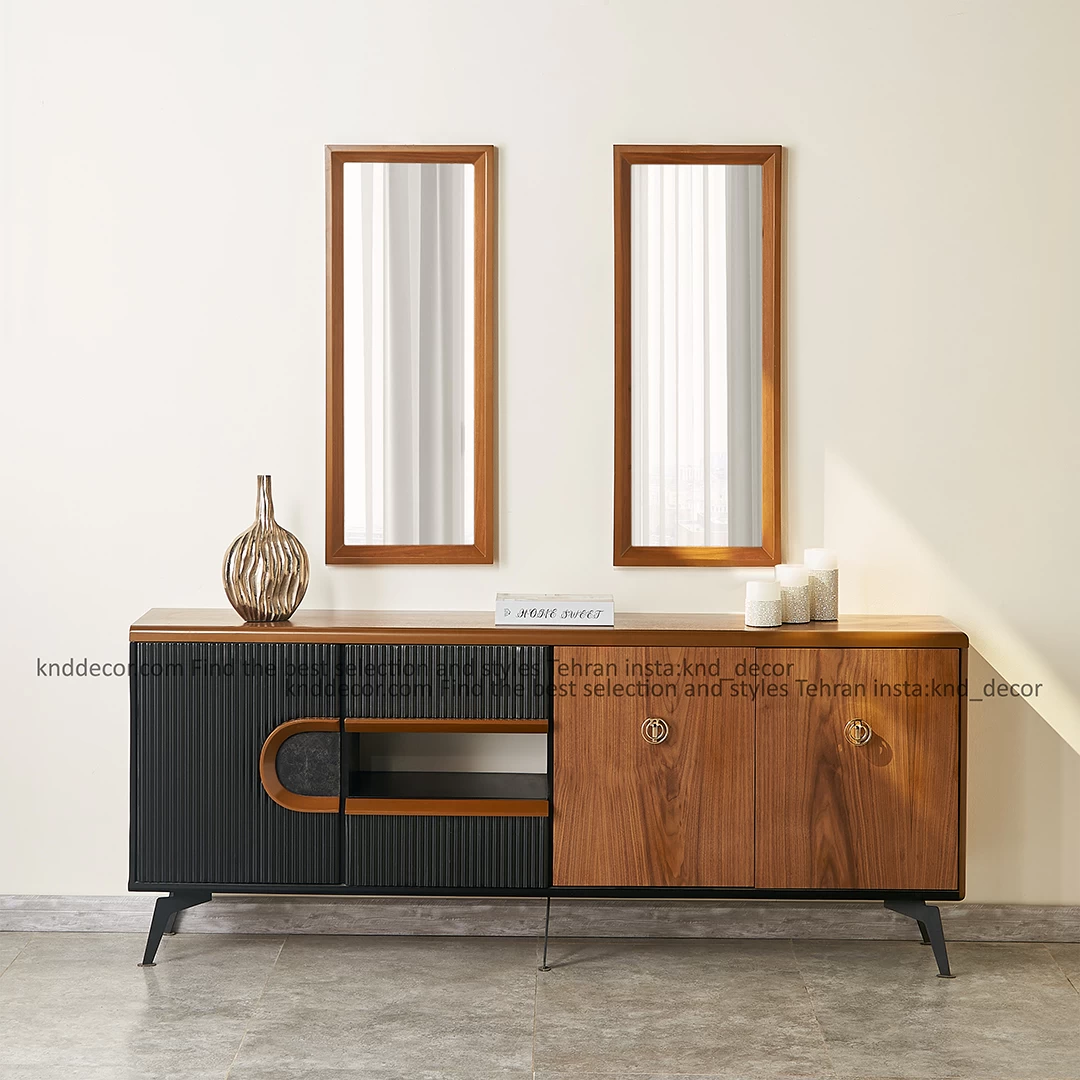
.webp)